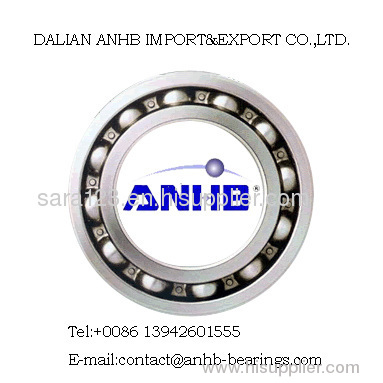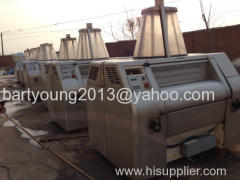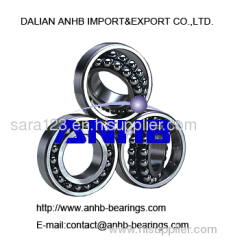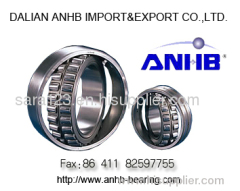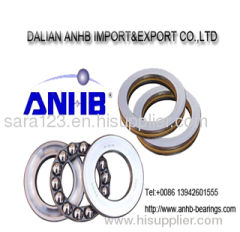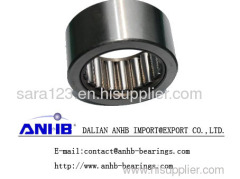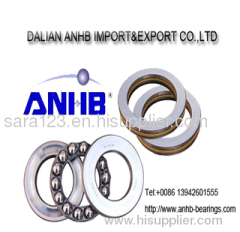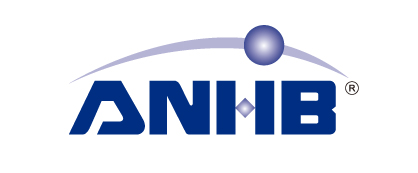
|
Dalian ANHB Import & Export Com., Ltd
|
ball bearing Chinese bearing deep groove ball bearing
| Payment Terms: | T/T,L/C |
| Place of Origin: | Liaoning, China (Mainland) |
|
|
|
| Add to My Favorites | |
| HiSupplier Escrow |
Product Detail
Deep groove ball bearing is a very common type in roller bearing.
Deep groove ball bearing is used to accommodate the pure radia load, it also can accommodate combined load of radia and axial. When it only accommodate pure raidal load, the contact angle is 0, it will own the same character as angle contact bearing and accommodate larger axial load when it has larger radial chearance.Deep groove ball bearing's friction coefficient is very small and extreme speed also is very high, particularly at the condition of the big axial load runs with high speed. it will own larger superiority than thrust ball bearing.
The structure of deep groove ball bearing is simple, besides the basic structure, it also has all kinds of deformation structure. it can used for transmission, instruments and meters, electric motor, electric appliance, internal combustion engines, traffic, agricultural machinery, construction machinery, construction machinery, etc.
Deep Groove Ball Bearings are the most popular of all the ball bearing types because they are available in a wide variety of seal, shield and snap-ring arrangements. The bearing ring grooves are circular arcs made slightly larger than the radius of the ball. The balls make point contact with the raceways (elliptical contact when loaded). The inner ring shoulders are of equal height (as the outer ring shoulders). Deep Groove ball bearings can sustain radial, axial, or composite loads and because of simple design, this bearing type can be produced to provide both high-running accuracy and high-speed operation.
Deep Groove ball bearings having an outside diameter less than 9 mm are known as Miniature ball bearings. Deep Groove ball bearings having an outside diameter ~ 9 mm and a bore diameter < 10 mm are known as Extra-small ball bearings. Standard ball retainers (cages) are made from pressed steel. Machined cages are used in bearing operating at very high speed or for large diameter bearings. Deep groove ball bearings with seals or shields are standardized. They contain proper amount of grease in advance.
Didn't find what you're looking for?
Post Buying Lead or contact
HiSupplier Customer Service Center
for help!
Related Search
Deep Groove Ball Bearing
Miniature Deep Groove Ball Bearing
Nsk Groove Ball Bearing
Fag Groove Ball Bearing
Deep Groove Bearing
Ball Bearing
More>>

